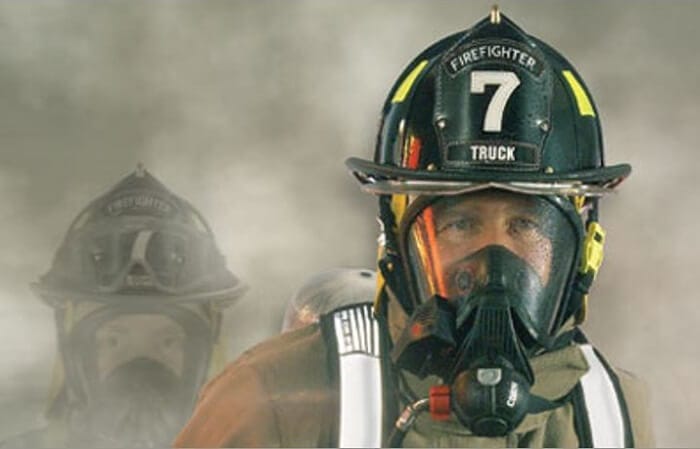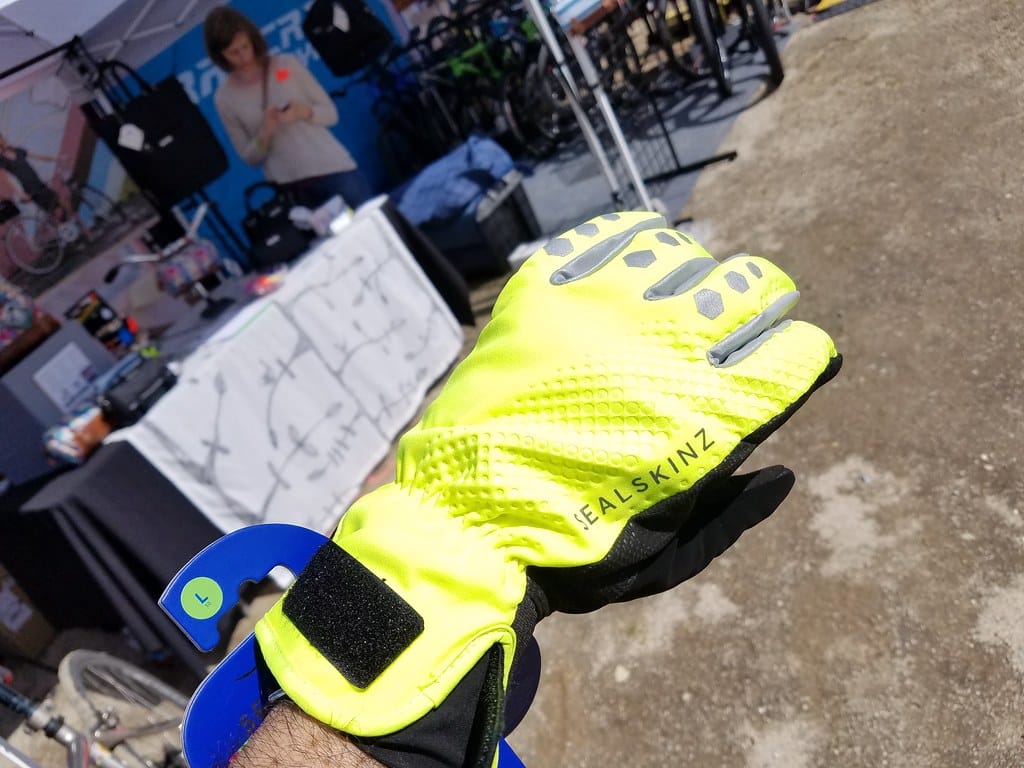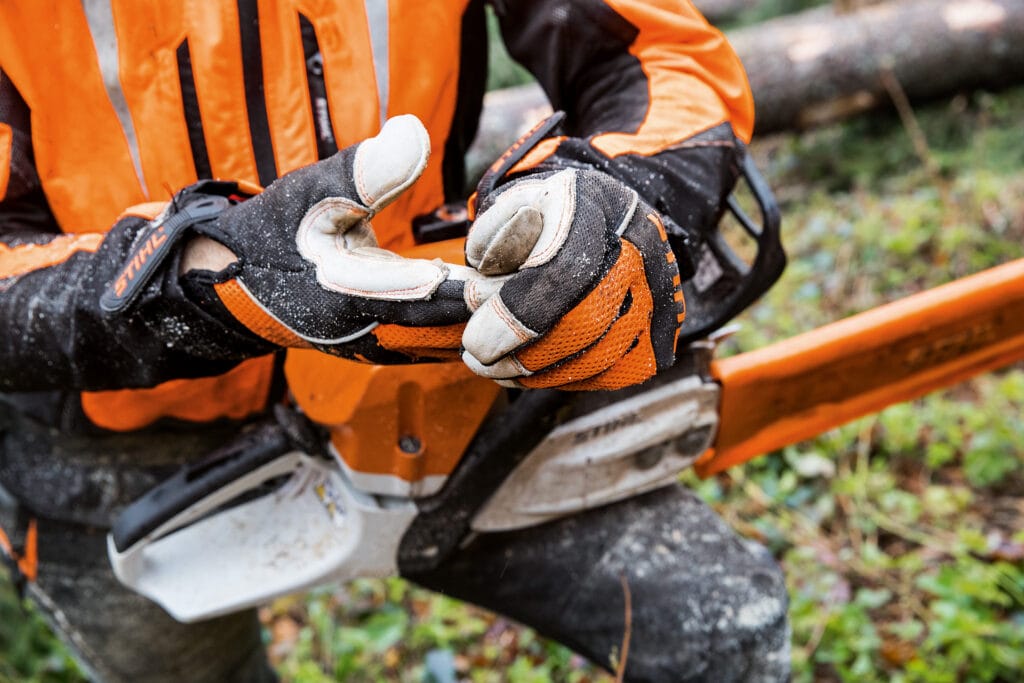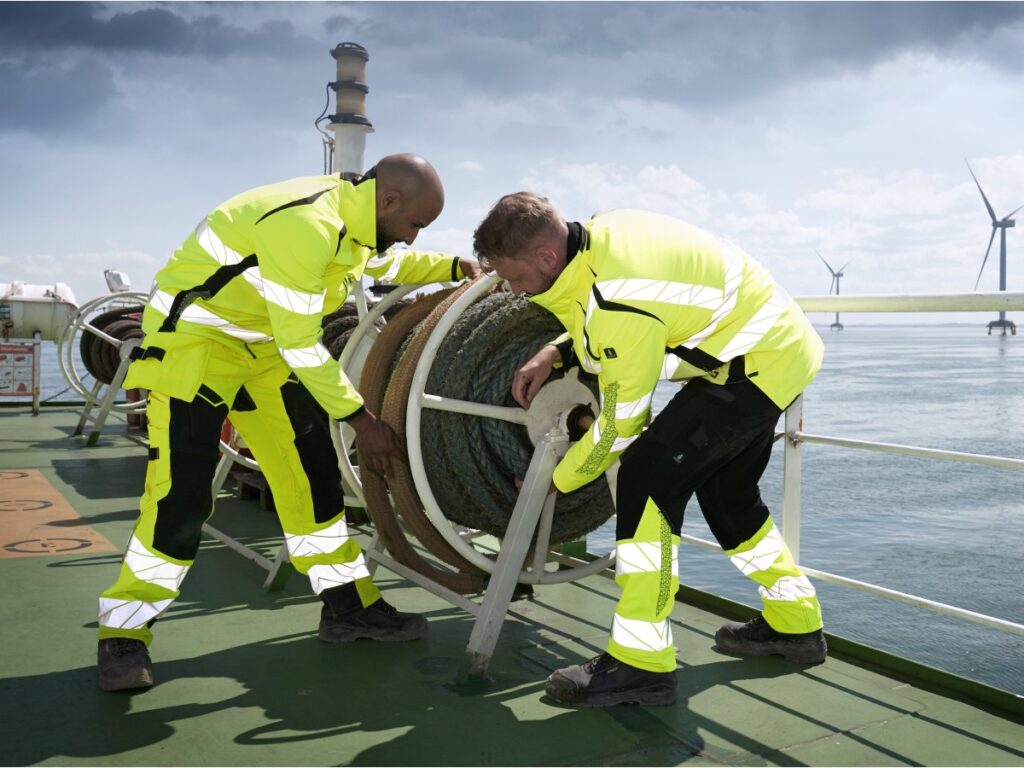
Not all masks offer the same level of protection. Choosing incorrectly can result in serious exposure to harmful particles, fines, or even fatalities, despite “looking” compliant. This guide dives deep into the differences between N95, P100, and FFP3 masks, illustrates real-world consequences of wrong selections, and gives buyers practical strategies to avoid costly mistakes.
N95 masks filter ≥95% of non-oil particles, P100 filters ≥99.97% including oil-based particles, and FFP3 filters ≥99% of solid and liquid aerosols. Choose based on hazard type: N95 for dust, P100 or FFP3 for toxic dust, fumes, or EU-regulated environments.
Why Mask Selection Matters
The wrong choice = false sense of security + legal risk:
- An N95 mask won’t stop oil mists or chemical vapors.
- A surgical mask is useless for silica dust or welding fumes.
- Over-specifying may add cost without real benefits.
Case Example #1 (USA Construction):
A flooring crew wore N95 masks during epoxy coating. They assumed “dust protection” was enough. Weeks later, two workers reported headaches and lung irritation from organic vapors. OSHA fined the employer $9,000 for improper PPE selection and lack of hazard assessment.Case Example #2 (Germany Chemical Plant):
A factory audit revealed that workers exposed to chromium dust were using FFP2 masks instead of FFP3. Airborne particle readings were 30% above the limit. After switching to FFP3, the plant avoided a potential €20,000 regulatory fine and improved worker health compliance.Case Example #3 (Canada Welding Shop):
A contractor used N95 masks for welding tasks. Workers developed respiratory issues because the mask didn’t filter metal fumes effectively. The company incurred $18,000 in medical claims and equipment upgrades.
Key Differences: N95 vs P100 vs FFP3
| Feature | N95 (NIOSH) | P100 (NIOSH) | FFP3 (EN 149) |
|---|---|---|---|
| Filtration Efficiency | ≥95% (non-oil particles) | ≥99.97% (oil & non-oil) | ≥99% (solid & liquid aerosols) |
| Oil Resistance | No | Yes | Yes |
| Best For | Dust, silica, wood chips | Lead, asbestos, welding fumes | Infectious agents, chemical dust |
| Regulatory Standard | NIOSH | NIOSH | EN 149 |
When to Choose N95
- Construction dust and silica
- Demolition or woodworking
- Limitations: Not suitable for oil mist, organic vapors, or heavy industrial toxins.
When to Choose P100
- Lead, asbestos, and heavy metal particles
- Welding fumes and toxic particulates
- Environments with oil-based aerosols
- Often paired with half-mask or full-face respirators for better sealing.
When to Choose FFP3
- Required for EU compliance
- Handling infectious diseases or pharma production
- High-risk environments with fine toxic particles or biological hazards
Industry Note:
In Europe, employers are legally obligated under Directive 89/656/EEC to provide PPE that meets EN 149 for respiratory hazards.
Regulatory Framework & Compliance Risks
- OSHA (U.S.): Requires hazard assessments and proper respirator selection under 29 CFR 1910.134.
- NIOSH Approval: N95 and P100 must have a TC approval number.
- EN 149 (EU): Specifies FFP1, FFP2, FFP3 performance requirements.
Audit Insight:
In 2023, OSHA cited 32 companies for respiratory protection violations, averaging $11,856 per citation. Common reason: using the wrong respirator for the hazard.
Common Buyer Mistakes
- “Higher numbers mean everything-proof” myth: P100 only covers particulates, not gases unless paired with cartridges.
- Ignoring oil resistance: N95 in oil-mist environments = failed protection.
- Skipping fit tests: Even the best respirator fails without proper seal.
- Overusing disposables: Reusing beyond design life compromises safety and breaks compliance rules.
Real Cost of Wrong PPE Choice
- Medical Claims: A single respiratory illness claim can exceed $30,000.
- Downtime: Regulatory shutdowns cause days of lost production.
- Brand Damage: Non-compliance penalties harm reputation and client trust.
Procurement Tips
- Always verify NIOSH TC number (U.S.) or CE mark + EN 149 reference (EU).
- For multiple hazards, consider half-mask/full-face respirators with P100 filters and gas cartridges for flexibility.
- Train workers on donning, doffing, and inspection routines to ensure compliance.
Quick Procurement Checklist
- [ ] Verified certification (NIOSH for U.S., EN 149 for EU)
- [ ] Correct type for hazard (N95, P100, or FFP3)
- [ ] Oil resistance considered for work environment
- [ ] Fit testing and training included in PPE program
- [ ] Shelf life and storage conditions verified
- [ ] Supplier provides documentation and safety data
Buyer FAQ
Q: Does N95 protect against viruses like COVID-19?
A: Yes, if fitted correctly, but it won’t protect against vapors or gases.Q: Are P100 masks reusable?
A: Yes, especially when used as cartridges on elastomeric respirators.Q: Is FFP3 superior to P100?
A: Both offer high filtration, but compliance depends on regional standards (EN vs NIOSH).Q: What’s the most common audit failure in respirator programs?
A: Lack of written program and missing fit-test records.
Additional Buyer Insights
- For large crews, calculate total cost of ownership: P100 cartridges on half-masks often beat constant N95 replacement.
- Request maintenance schedules and storage guidelines from suppliers.
- Implement PPE traceability and inventory control for ISO 45001 audits.
Conclusion
Choosing between N95, P100, and FFP3 isn’t about price—it’s about matching the right standard and protection level to the actual hazard. Poor decisions lead to compliance violations, costly claims, and health risks.
Need authentic NIOSH and EN-certified masks, with filter options for multi-hazard environments?
Email: [email protected]
Website: www.workwearsolutions.net
Zion Zhang
Recent Posts
 Self-Healing Fabrics: The Future of Durable Protective Workwear in Extreme Industries2025年12月16日Self-healing fabrics represent one of the most […]
Self-Healing Fabrics: The Future of Durable Protective Workwear in Extreme Industries2025年12月16日Self-healing fabrics represent one of the most […] Thermo-Adaptive Fabrics: Dynamic Microclimate Control for Extreme Heat Environments2025年12月8日In high-temperature environments—whether in Middle Eastern […]
Thermo-Adaptive Fabrics: Dynamic Microclimate Control for Extreme Heat Environments2025年12月8日In high-temperature environments—whether in Middle Eastern […] Choosing the Right Fabric Blend by Industry2025年12月6日How CVC, TC, and High-Strength Fiber Blends Shape […]
Choosing the Right Fabric Blend by Industry2025年12月6日How CVC, TC, and High-Strength Fiber Blends Shape […] Functional Fabric Trends 20252025年12月3日Performance, Sustainability, and Smart Innovation Driving […]
Functional Fabric Trends 20252025年12月3日Performance, Sustainability, and Smart Innovation Driving […] Why Global Buyers Are Shifting Toward Lightweight Protection2025年12月2日Hygiene, Comfort, and Safety in a New Era of Performance […]
Why Global Buyers Are Shifting Toward Lightweight Protection2025年12月2日Hygiene, Comfort, and Safety in a New Era of Performance […] Top Workwear Fabric Innovations to Watch in the Next 3 Years2025年12月1日Workwear is entering a new era where materials science, […]
Top Workwear Fabric Innovations to Watch in the Next 3 Years2025年12月1日Workwear is entering a new era where materials science, […]
CONTACT US
- Feel free to contact us any time. We will get back to you as soon as we can!
- +86-17330061805
